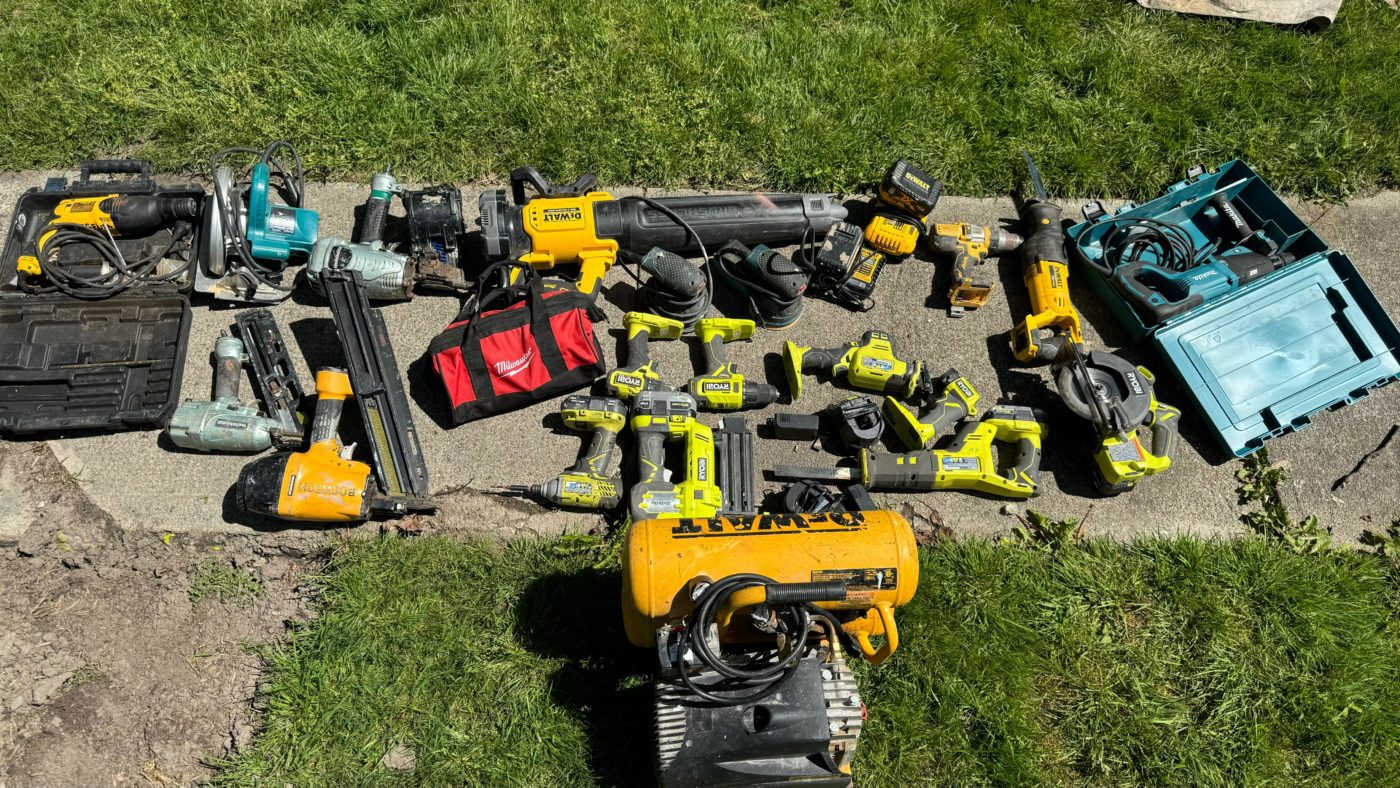Top 10 Essential Carpentry Tools Every Homeowner Should Own
Whether you’re embarking on your first DIY project or maintaining your home, having the right tools is essential. Carpentry, in particular, requires a set of fundamental tools that can make a world of difference in both the quality and efficiency of your work. In this guide, we’ll explore the top 10 essential carpentry tools that every homeowner should have in their arsenal. From measuring and cutting to assembling and finishing, these tools are indispensable for a wide range of projects around the house.
Whether you’re a novice or a seasoned DIY enthusiast, understanding and investing in these tools will empower you to tackle projects with confidence and precision. Let’s dive into the world of essential carpentry tools and discover how they can elevate your home improvement endeavors.
Choosing Tools with Precision: Criteria for Inclusion in Your Home Workshop
To compile our list of essential carpentry tools, we carefully considered several key criteria that ensure each tool’s inclusion meets the diverse needs of homeowners and DIY enthusiasts alike. Versatility was paramount, as tools capable of handling a variety of tasks provide the most value for money and space. We also prioritized usefulness in common household projects, focusing on tools that are frequently required for repairs, renovations, and woodworking tasks around the home. Additionally, ease of use was a crucial factor, especially for beginners looking to build their skills without unnecessary complexity. By adhering to these criteria, we’ve curated a selection of tools that are not only indispensable but also intuitive and practical for every homeowner’s toolkit.
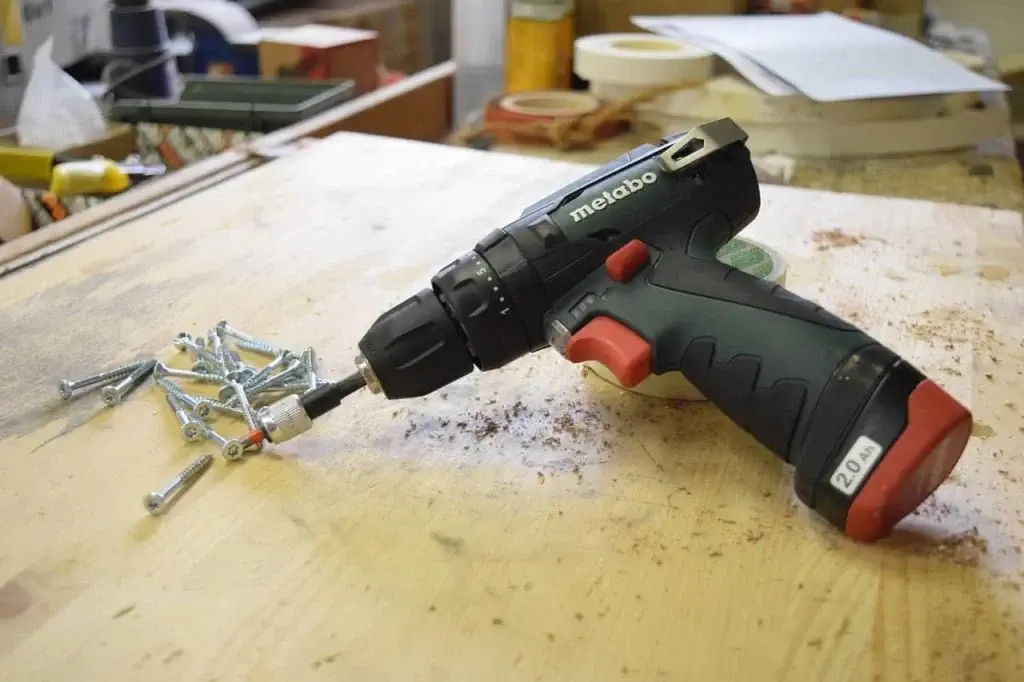
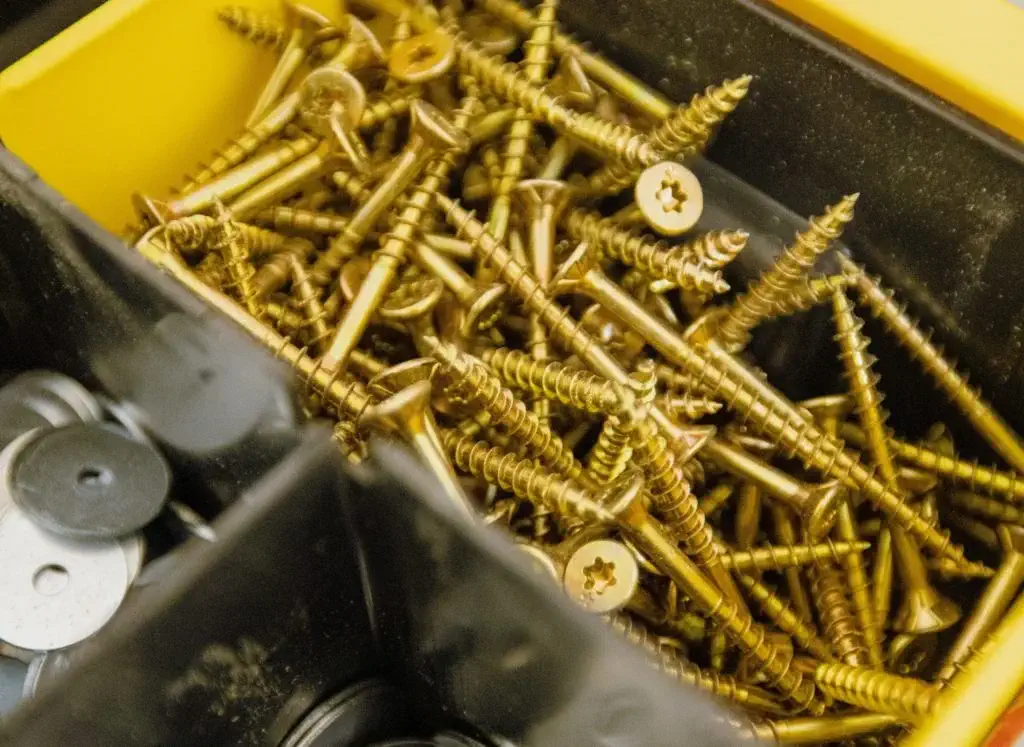
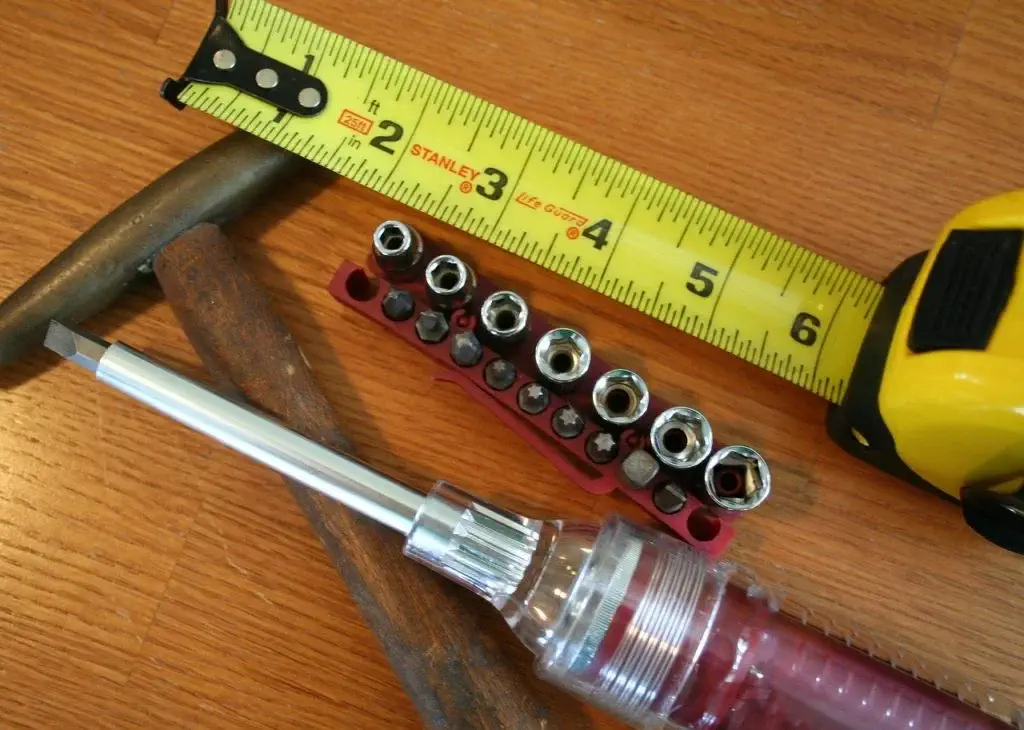
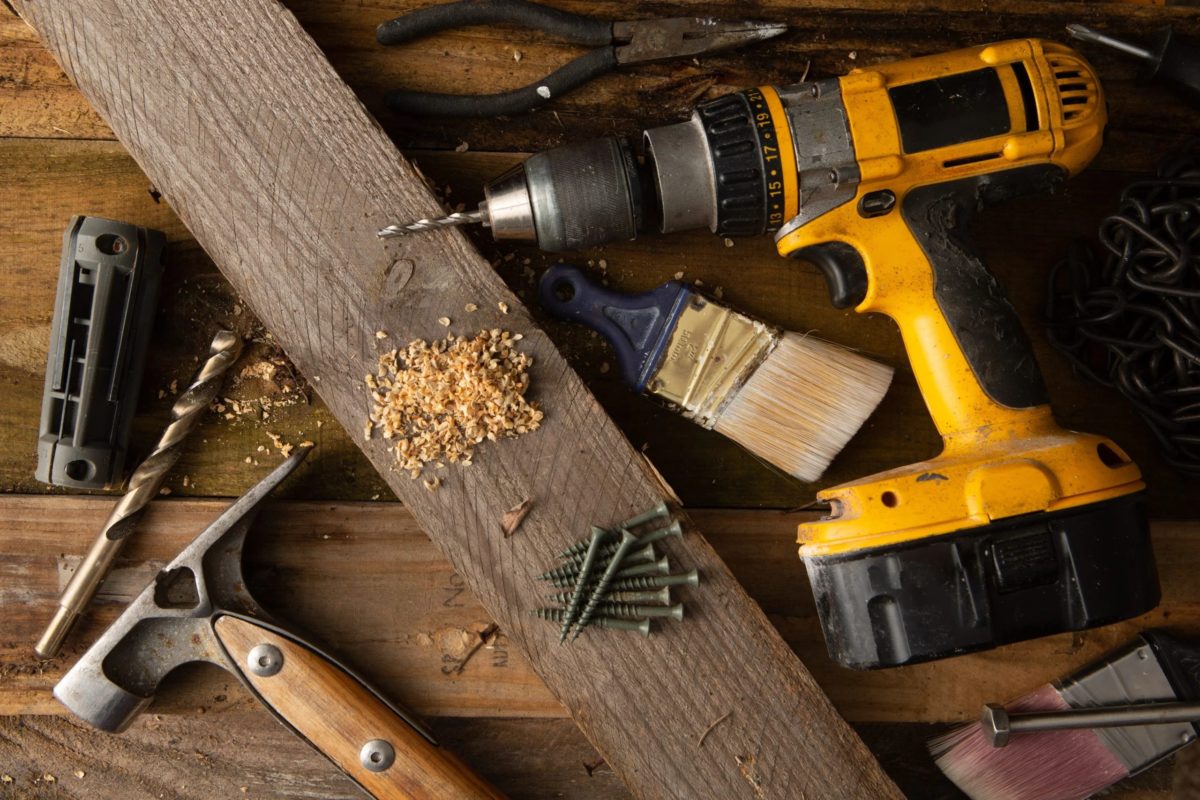
Building Your Home Toolkit
-
Hammer: The hammer is indispensable for tasks such as driving nails into walls to hang picture frames or assembling furniture. Its versatility extends to minor demolition jobs like removing old moldings or tapping wood joints into place.
-
Screwdriver Set: Whether it’s tightening screws on cabinet hinges, assembling flat-pack furniture, or securing door handles, a screwdriver set is essential. Different types cater to various screw heads, ensuring a snug fit and durable installation.
-
Measuring Tape: Accurate measurements are vital for precise cuts and installations. From marking dimensions for shelving units to ensuring proper spacing for wall fixtures, a measuring tape ensures everything fits perfectly.
-
Circular Saw: Ideal for cutting large sheets of plywood or trimming lumber for decking projects, a circular saw provides straight and clean cuts. It’s indispensable for major renovations like building a deck or framing a basement.
-
Cordless Drill: From drilling pilot holes for screws to assembling furniture or installing curtain rods, a cordless drill offers convenience and power without the need for constant recharging.
-
Level: Ensuring shelves are straight, pictures hang evenly, or tiles align perfectly during installation, a level guarantees professional-looking results in various carpentry and home improvement projects.
-
Utility Knife: This tool excels in tasks requiring precision cutting, such as scoring drywall for installation, trimming carpet edges, or opening packages of materials and tools.
-
Pliers: From pulling out stubborn nails and staples to bending wires or holding small objects securely, pliers are invaluable in both carpentry and general household tasks.
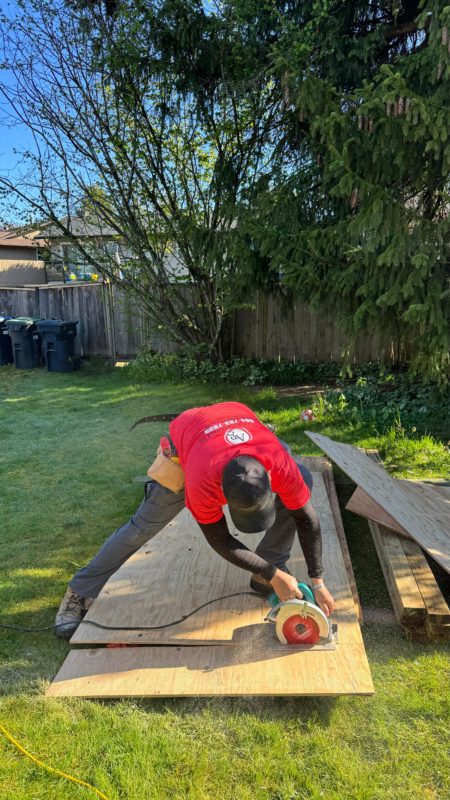
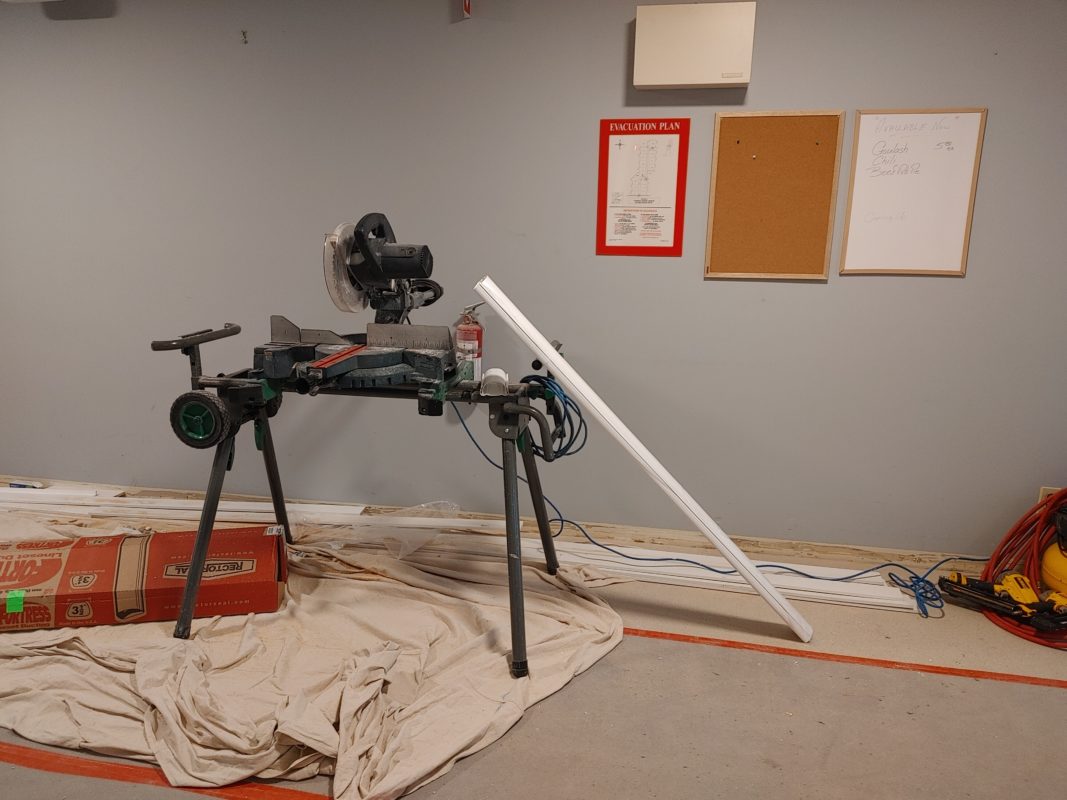
-
Chisel Set: This a part of the essential carpentry tools for woodworking tasks like creating recesses for hinges or carving intricate designs, a chisel set allows for precise material removal and fine detailing in furniture making or repair projects.
-
Claw Hammer: Beyond driving nails, its claw end is perfect for prying apart wooden components, removing old fasteners, or dismantling old furniture and fixtures for repair or renovation..
Essential Safety Tips
Ensuring safety is paramount when working with essential carpentry tools. Here are essential tips to handle, store, and maintain these tools safely:
-
Hammer: Always wear protective eyewear when using a hammer to prevent eye injuries from flying debris. Ensure a firm grip and strike squarely to avoid accidental slips.
-
Screwdriver Set: Choose the correct screwdriver size and type to avoid stripping screws or damaging surfaces. When not in use, store screwdrivers in a designated toolbox or rack to prevent them from getting lost or damaged.
-
Measuring Tape: Avoid snapping the tape back forcefully to prevent injury. Store it away from extreme temperatures or moisture to maintain accuracy.
-
Circular Saw: Use a sawhorse or stable surface to support materials when cutting. Always wear ear protection and a dust mask to safeguard against noise and sawdust.

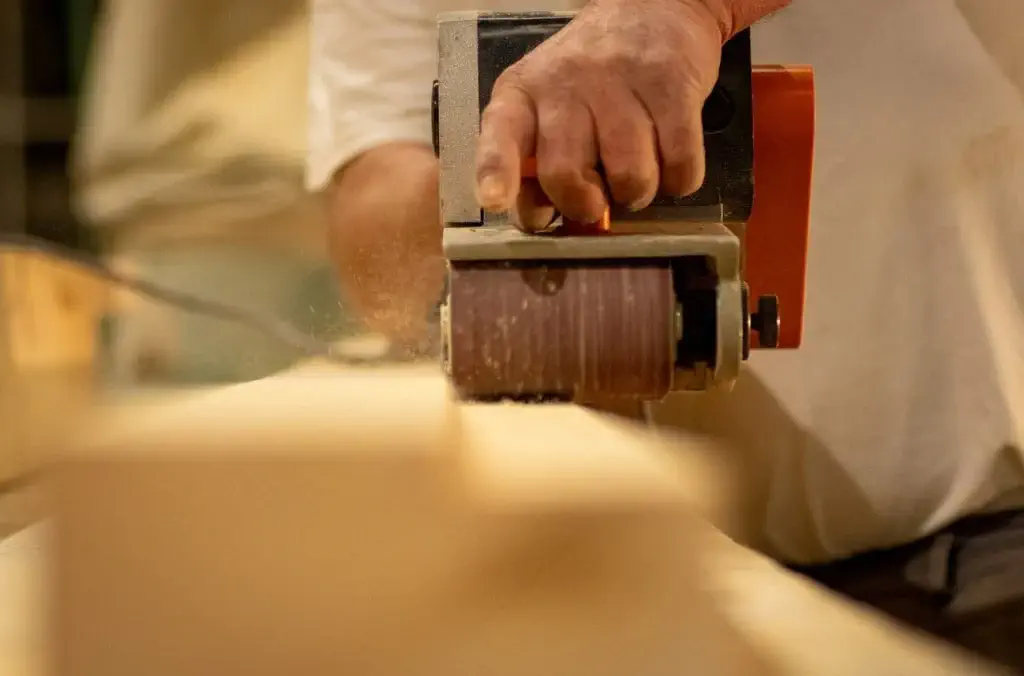
-
Cordless Drill: Secure workpieces firmly before drilling to prevent slips. Regularly inspect and charge batteries according to manufacturer instructions to maintain optimal performance.
-
Level: Check the level’s accuracy regularly by placing it on a flat surface and ensuring the bubble is centered. Store levels away from excessive heat or direct sunlight to prevent damage.
-
Utility Knife: Keep the blade retracted when not in use and store it in a protective sheath or case. Dispose of used blades safely and replace dull blades to maintain cutting efficiency.
- Pliers: Use the appropriate type of pliers for specific tasks to prevent damage to the tool or workpiece. Store pliers in a dry place to prevent rusting and maintain functionality.
- Chisel Set: Always use a mallet or hammer designed for chiseling to avoid damaging the chisel or injuring yourself. Keep chisels sharp and store them in a secure location to prevent accidents.
- Claw Hammer: Grip the handle firmly to prevent it from slipping during use. Store hammers in a dry area to prevent rust and ensure the claw is free of debris for effective nail removal.
By following these safety tips, homeowners can minimize the risk of accidents and injuries while maximizing the effectiveness and longevity of their essential carpentry tools.

Budget-Friendly Options
Building a toolkit doesn’t have to break the bank. Here are some budget-friendly alternatives and starter kits for homeowners starting their DIY journey:
- Basic Hand Tool Set: Opt for a basic hand tool set that includes a hammer, screwdrivers (flathead and Phillips), pliers, and a measuring tape. These sets are affordable and cover essential tasks around the house.
- Combination Tool Kit: Look for combination tool kits that include a variety of tools like a cordless drill/driver, circular saw, and flashlight. These kits often come with interchangeable batteries, making them versatile and cost-effective.
- DIY Starter Kits: Many hardware stores offer DIY starter kits tailored for beginners. These kits typically include a selection of essential tools such as a level, utility knife, and tape measure, packaged together at a competitive price.
- Secondhand Tools: Explore local garage sales, online marketplaces, or thrift stores for secondhand tools in good condition. You can often find quality tools at a fraction of the cost of new ones
-
Tool Rental Services: For occasional projects, consider renting higher-cost tools like power saws or sanders from hardware stores or rental services. This allows you to access specialized tools without the upfront expense of purchasing them.
-
DIY Tool Kits: Some retailers offer DIY tool kits that cater to specific projects, such as furniture assembly or basic home repairs. These kits provide the tools needed for a particular task without investing in a full set.
-
Discount Stores: Check discount stores or online retailers for budget-friendly options on individual tools. Compare prices and read reviews to ensure you’re getting good value for your money. Stores such as The Home Depot often have excellent disocunts on essential carpentry tools!
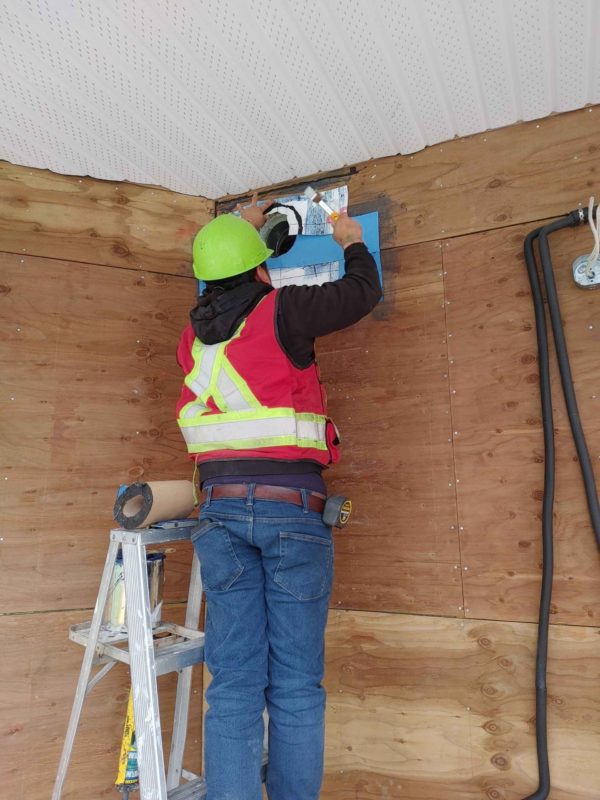
Maintenance and Care
Proper maintenance is crucial to ensure your essential carpentry tools remain in optimal condition for years to come. Regularly clean each tool after use to remove dust, debris, and any accumulated residues. Store them in a dry and well-ventilated area to prevent rust and corrosion, using protective cases or racks where possible to avoid damage and ensure easy access. Inspect tools periodically for signs of wear or damage, such as worn-out blades or loose handles, and replace any damaged parts promptly.
Keep cutting edges sharp with regular sharpening or blade replacements, as dull tools not only compromise performance but also pose safety risks. Following these maintenance practices will not only extend the longevity of your essential carpentry tools but also ensure they perform reliably whenever you need them for your DIY projects.
Investing in essential carpentry tools is not just about equipping yourself for DIY projects; it’s about empowering yourself to take control of home repairs and improvements with confidence and efficiency. By having the right tools at your disposal, you can tackle a wide range of tasks—from simple fixes to ambitious renovations—with greater ease and precision. Whether you’re assembling furniture, hanging shelves, or building a backyard deck, these tools form the foundation of successful projects and lasting results.

Ready to transform your living space with a fresh coat of paint or tackle those home improvement projects? Contact Argenta Painting today to discuss your vision and schedule a consultation. Whether you need expert painting services, advice on color selection, or assistance with carpentry projects, our team is here to help bring your ideas to life. Let’s create a home you’ll love coming back to!

